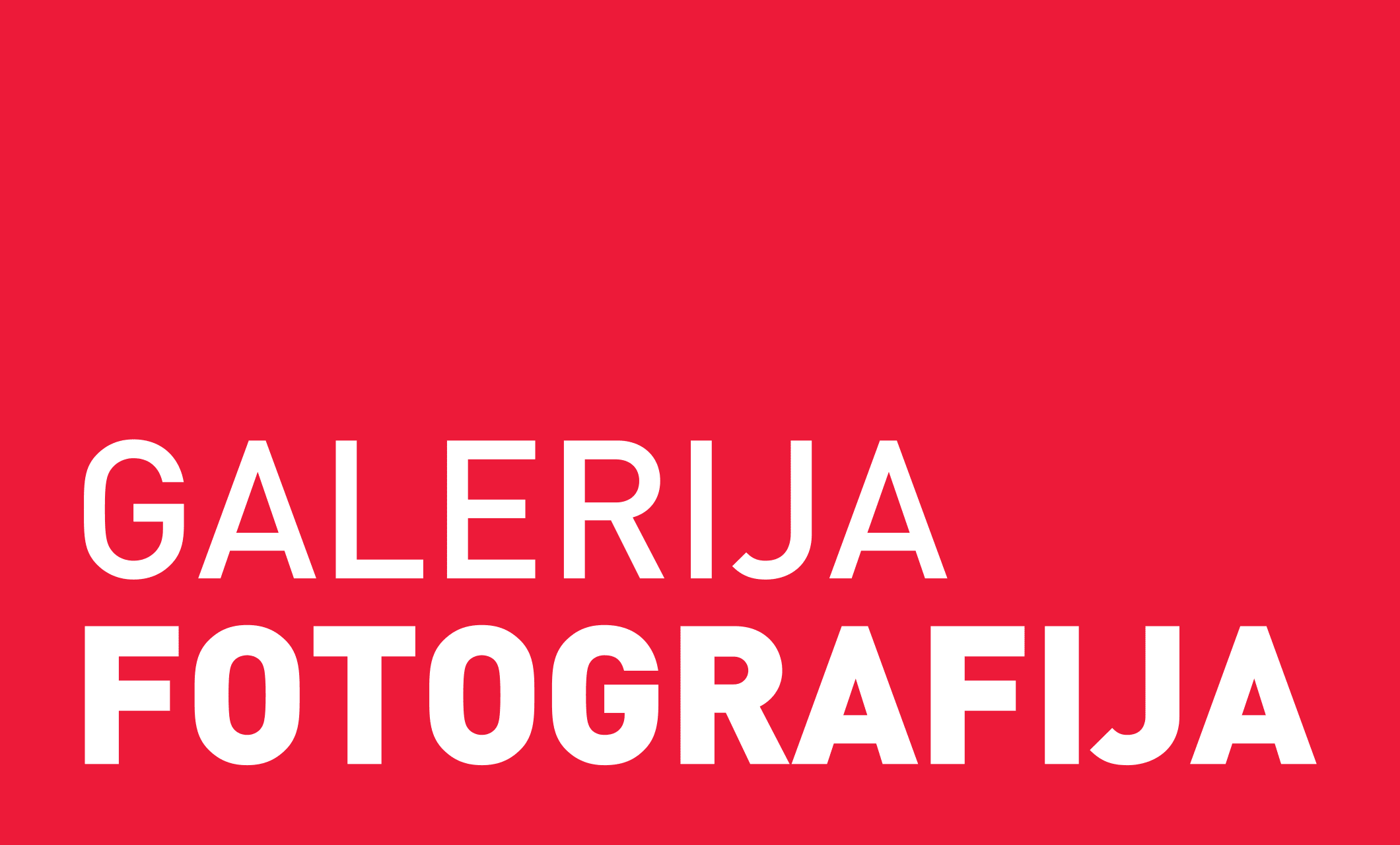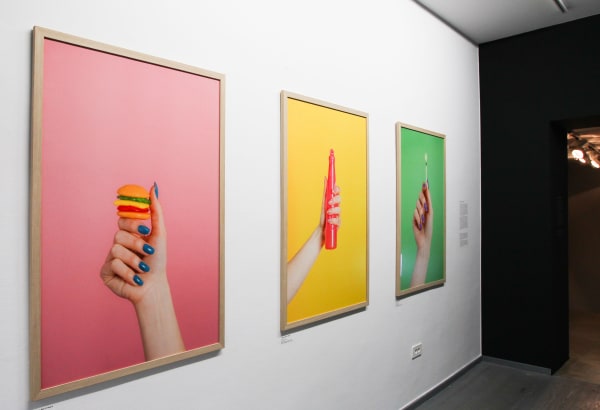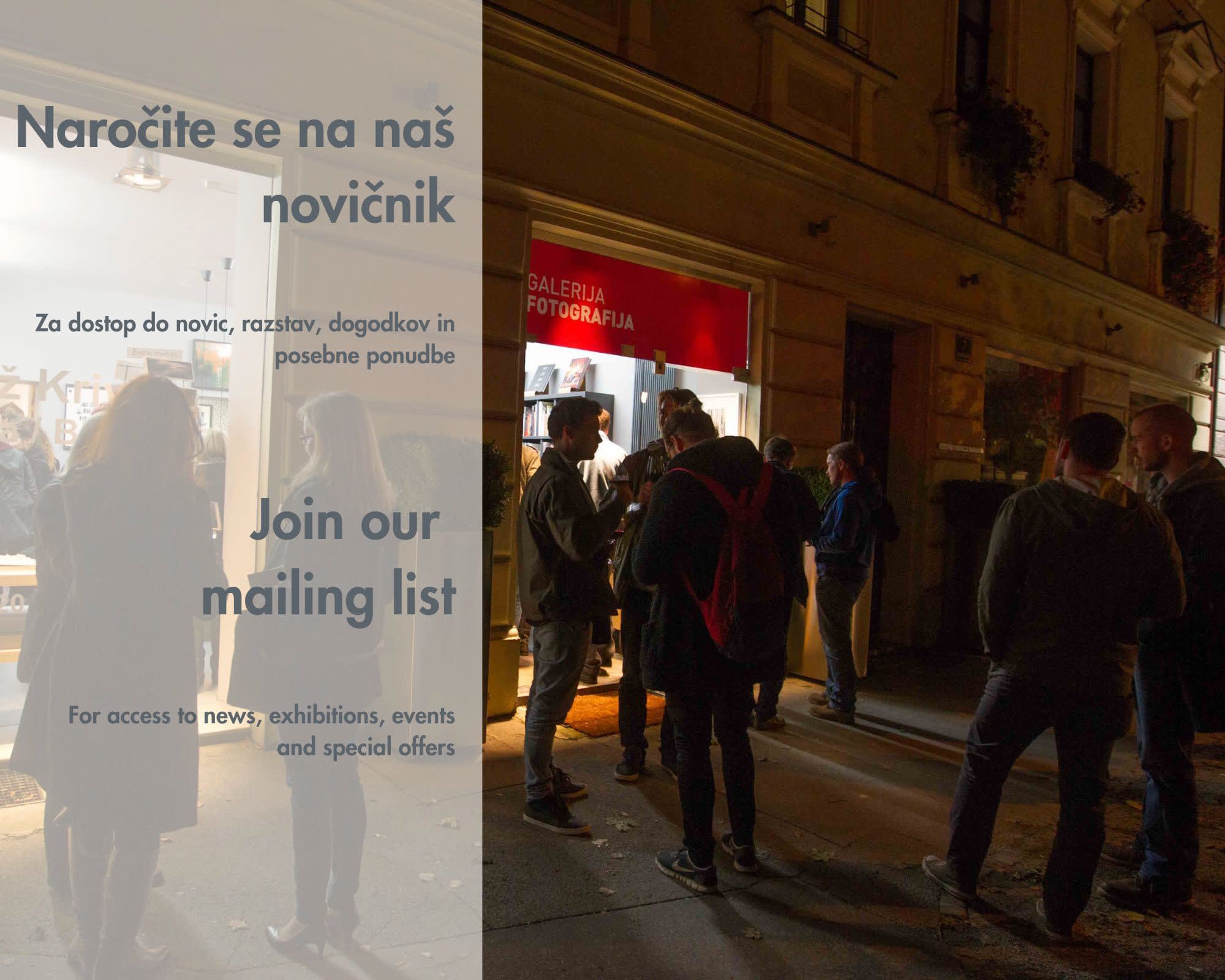Throughout history, photography has diligently attempted to establish the independent portrayal of an object and established its autonomy in the first decades of the previous century. Due to the efforts of the ‘New Objectivity’ movement, which spread in the 1920s and 30s in different variations throughout France, Germany and even Slovenia, the object began its new life in radical close-ups, unusual compositions and technologically inventive solutions. The object’s purpose in photography used to be mainly to emphasise technical innovation in photo studies, and it often served only as the canvas for studies of light, composition and optical effects. Today, however, we are able to observe a shift in its interpretation: the object is now the literal protagonist of a photograph, with a story and life of its own, perceived through the lens in different, more complex contexts.
The object in the sense of still life compositions has remained a part of artistic depictions and is well represented in contemporary photography. It offers photographers an opportunity to develop technically honed motifs in the studio, which today often surpass the medium of photography and combine it with painting, sculpture, video or installation. Today, the object as the subject of photography no longer functions only as the conveyor of reality or unreality, and instead turns its focus to the possibility of depiction, to the interchangeability and reinterpretation of reality through the lens of critical thought. In the 20th century, the medium of photography began to radically question itself. The triviality and transience of things in a consumerist world is often intensified in photography with the use of different mediums in one work, or reflected in the return of colour, the selection of ‘non-photogenic’ or non-classical objects and the over-saturation of a photographic image.[1]
The exhibition shows works of four artists and uses them to investigate the status of the photographic object in current time and space. Young, not-yet-established authors are exploring the object in individual, compelling ways and introduce it in their work in a decisively contemporary way. Lucija Rosc approaches the object from the viewpoint of commercial studio photography and explores its depictions in combination with a specific fashion trend – hand modelling. Kristina Eržen presents us with extra-terrestrial rocks, which sail through space solitary or in flocks, simultaneously reminding us of photography’s illusory nature. Teja Miholič places the object into the field of contemporary art, as she resizes and reshapes a growth from inside her own body, while emphasizing the end of the static image in photography by including moving images. Tilyen Mucik interprets the object as depicted in classical still lifes, but distances it from its original connotations with new approaches to content as well as technical production.
Hana Čeferin
[1] Dorothea RITTER, The Metamorphosis of Still Life Photography in the 20th Century, in: The Life of Things. The Idea of Still Life in Photography 1840-1985, Heidelberg 2012, p. 153.
Throughout history, photography has diligently attempted to establish the independent portrayal of an object and established its autonomy in the first decades of the previous century. Due to the efforts of the ‘New Objectivity’ movement, which spread in the 1920s and 30s in different variations throughout France, Germany and even Slovenia, the object began its new life in radical close-ups, unusual compositions and technologically inventive solutions. The object’s purpose in photography used to be mainly to emphasise technical innovation in photo studies, and it often served only as the canvas for studies of light, composition and optical effects. Today, however, we are able to observe a shift in its interpretation: the object is now the literal protagonist of a photograph, with a story and life of its own, perceived through the lens in different, more complex contexts.
The object in the sense of still life compositions has remained a part of artistic depictions and is well represented in contemporary photography. It offers photographers an opportunity to develop technically honed motifs in the studio, which today often surpass the medium of photography and combine it with painting, sculpture, video or installation. Today, the object as the subject of photography no longer functions only as the conveyor of reality or unreality, and instead turns its focus to the possibility of depiction, to the interchangeability and reinterpretation of reality through the lens of critical thought. In the 20th century, the medium of photography began to radically question itself. The triviality and transience of things in a consumerist world is often intensified in photography with the use of different mediums in one work, or reflected in the return of colour, the selection of ‘non-photogenic’ or non-classical objects and the over-saturation of a photographic image.[1]
The exhibition shows works of four artists and uses them to investigate the status of the photographic object in current time and space. Young, not-yet-established authors are exploring the object in individual, compelling ways and introduce it in their work in a decisively contemporary way. Lucija Rosc approaches the object from the viewpoint of commercial studio photography and explores its depictions in combination with a specific fashion trend – hand modelling. Kristina Eržen presents us with extra-terrestrial rocks, which sail through space solitary or in flocks, simultaneously reminding us of photography’s illusory nature. Teja Miholič places the object into the field of contemporary art, as she resizes and reshapes a growth from inside her own body, while emphasizing the end of the static image in photography by including moving images. Tilyen Mucik interprets the object as depicted in classical still lifes, but distances it from its original connotations with new approaches to content as well as technical production.
Kristina Eržen, Where do you come from?
The project Where do you come from? takes us outside of our planet, into the vastness of space. The author photographs rocks, which float through the stratosphere in seeming weightlessness. They move through the sky in an almost audible silence, by themselves or in groups, gliding into the unknown. The rocks are photographed and presented as documentary material – presented on the wall in no obvious order, they seem as if the author is in a ongoing process of research and hasn’t yet found an answer to her titular question. She depicts the rocks with obvious fascination, but at the same time objectively, as cold and distanced, which is typical of space photography. It is an inherent characteristic of photography that it presents objects as real, tangible. But careful manipulation of the medium allows the forming of optical illusions, all the more convincing because of the veristic nature of photography. So, where do Kristina Eržen’s rocks actually come from? Are they really extraterrestrial formations, or are they everyday objects which attain new dimensions in the lens of the camera? In her series, Eržen invites us to perceive the rocks the way she does – as seemingly useless objects, which unveil their potential only in our imaginations.
Teja Miholič, Stones
The installation Stones functions on several levels of meaning. The fascination with the stone originates in the artist’s personal experience, as she enlarges a tumor from her own body to several times its size and transforms it into a visual image. The stone, now projected outside of her body, took over new dimensions of meaning and she started to explore its physical characteristics. The origin of the “stone” is her own body, but it is further elaborated in terms of material – from tissue to stone, then concrete, and finally a multi-storey building. The growth is transferred from the micro to the macro level, evolved in material to its final phase – an apartment complex. The multi-level development is not only related to content, but to form as well. On a technical level, Miholič questions the static nature of photography in her installation, and foreshadows its demise. The static photograph of concrete is followed by the movement of spinning rocks, which glide across the screen in GIF form. The building is presented in the form of video, the final phase of moving imagery. The author is exploring the relationship between photography and film and the possibilities of merging the two, while at the same time projecting a unique interpretation of her own body, its strengths and weaknesses, and the final acceptance of both.
Tilyen Mucik, Still Lives
The motif of still-life is one of the most consistently depicted in the field of visual arts, and its origins can be traced to the wall painting of ancient civilizations. The motif, which has been a popular choice for many artists since the renaissance, became increasingly connected to female artists in the 19th century. Women were forbidden from attaining an education at art academies, were not allowed to study the nude or produce historical paintings with multiple figures. Instead, they were limited to painting intimate interiors, portraits and still lifes. The theme of women and femininity is a constant in Mucik’s work, not only in her choice of a motif but in her own interpretation of the series. Still life can be understood through the writings of Linda Nochlin, who questions the very nature of characterizing a work as “female” or “feminine”, and begs the question of whether we can really speak of a female style or motif, as was the practice throughout art history. Mucik is undeniably evoking the tradition of the past, which is emphasized in the very presentation of her works – the photographs are placed in heavy gold frames, alluding to artistic collections of past centuries. But from a technical perspective, the series is far from traditional, as the artist uses scanning and distances herself from classic photography. Despite important historical references, the works of Tilyen Mucik are not limited to feminist interpretation and function without a referential background. Her leading principle is her personal love of flowers and the subtle world of still life objects, which remain a fascination for the artist.
Lucija Rosc, Hands
In her series Hands, Lucija Rosc is exploring the presentational possibilities of hand modeling, creating a series of portraits. The author comments on the field of fashion photography and marketing, where posing with hands is a common praxis, and through it builds a series of self-portraits of her own hands. Vivid, attractive colors and almost perversely manicured hands evoke connotations of marketing photography and photographic approaches of advertising campaigns, which Rosc presents in a critical light, with a measure of humor and self-reflection. The objects “advertised” by hands are almost comically irrelevant – a small artificial hamburger, plastic bottle and a match are elevated in the author’s grip and presented as objects of desire. Because the hands photographed are the artist’s own, she’s using them to build her own hand modeling portfolio, which has an amusing effect due to the unusual selection of objects. Through color, composition and lighting, Rosc explores the potentials of advertising photography, but also cautions us to observe the traps it sets for the consumer. After all, any product is desirable when placed in the right hands.
[1] Dorothea RITTER, The Metamorphosis of Still Life Photography in the 20th Century, in: The Life of Things. The Idea of Still Life in Photography 1840-1985, Heidelberg 2012, p. 153.










